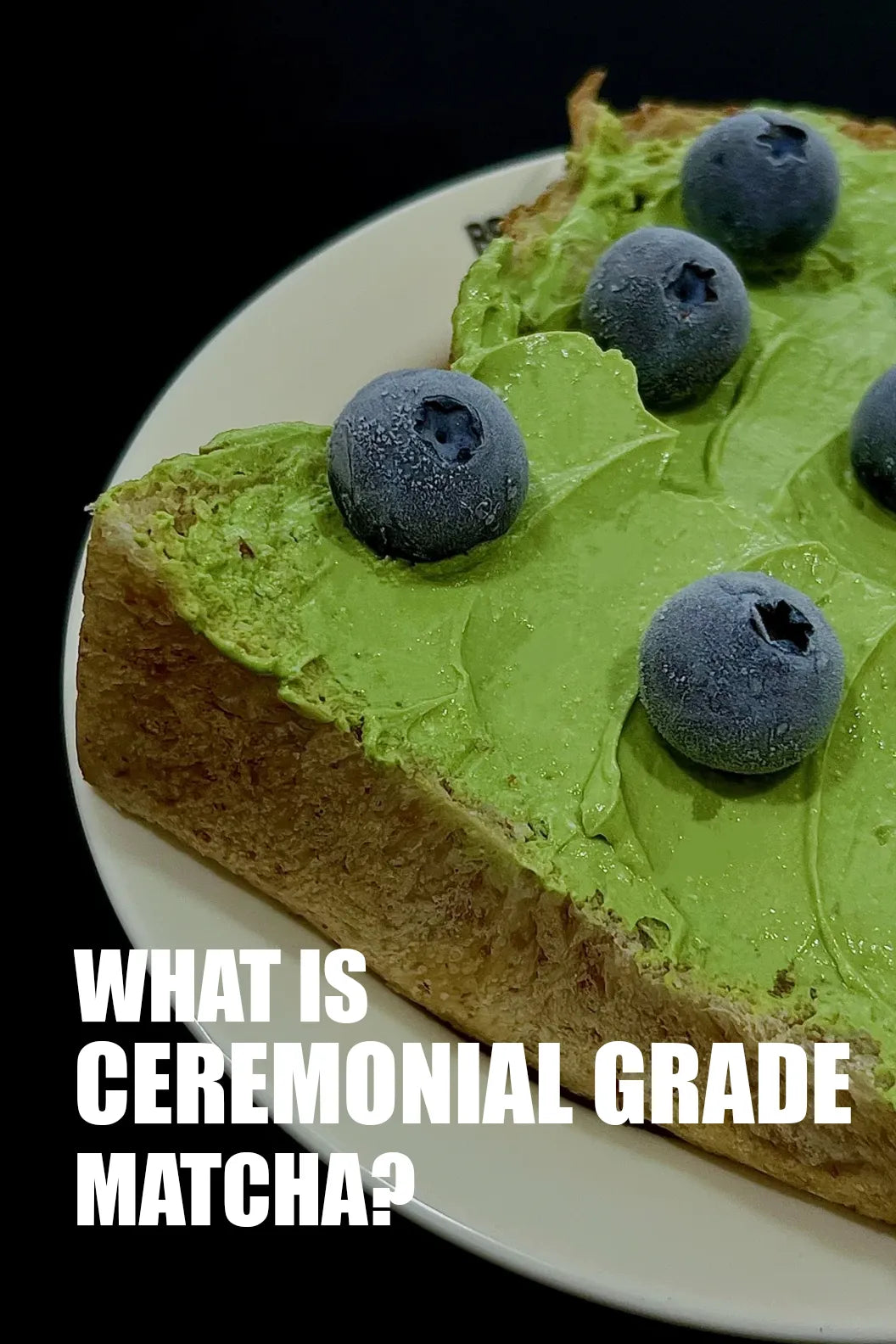Matcha has a truly distinctive flavor profile: vegetal, umami-rich, slightly bitter, and subtly sweet. But depending on the quality and preparation, matcha can taste grassy and sharp or smooth and creamy with a mellow finish.
The Flavor Profile of Matcha
-
Umami: High-quality matcha is rich in umami—a savory, brothy taste similar to seaweed or miso.
-
Bitterness: There’s a natural bitterness due to catechins (antioxidants). Ceremonial-grade matcha has less bitterness than culinary grade.
-
Sweetness: A light, lingering sweetness balances out the umami and bitterness.
-
Vegetal/Grassy: Like fresh spinach or green vegetables.
Does Matcha Taste Different by Grade?
-
Ceremonial Grade: Smooth, rich, vibrant green color, with mild bitterness and deep umami. Perfect for whisking with hot water.
-
Culinary Grade: Stronger, more astringent taste, best used in lattes, smoothies, or baking.
Influencing Factors
-
Origin & Cultivation: Shaded growth enhances chlorophyll and amino acids, impacting flavor.
-
Preparation: Water temperature, matcha-to-water ratio, and sifting all impact taste.
-
Storage: Freshness matters—oxidized matcha loses sweetness and becomes dull.
How to Make Matcha Taste Better
-
Use 80°C (175°F) water instead of boiling.
-
Sift the powder before whisking.
-
Try sweeteners like honey or milk for lattes.
📚 Explore More: What Is Matcha? Everything You Need to Know
Call to Action
Ready to taste matcha at its best?
Try our ceremonial-grade Leafmill matcha — rich in umami, smooth in texture, and naturally energizing. Shop Now
FAQ
Q: Is matcha bitter?
A: High-quality matcha has minimal bitterness and is well-balanced with umami and sweetness.
Q: Why does my matcha taste bad?
A: It could be due to low-grade matcha, improper storage, or incorrect preparation.
Q: Can I sweeten matcha?
A: Yes. Many people enjoy adding honey, milk, or plant-based alternatives.



